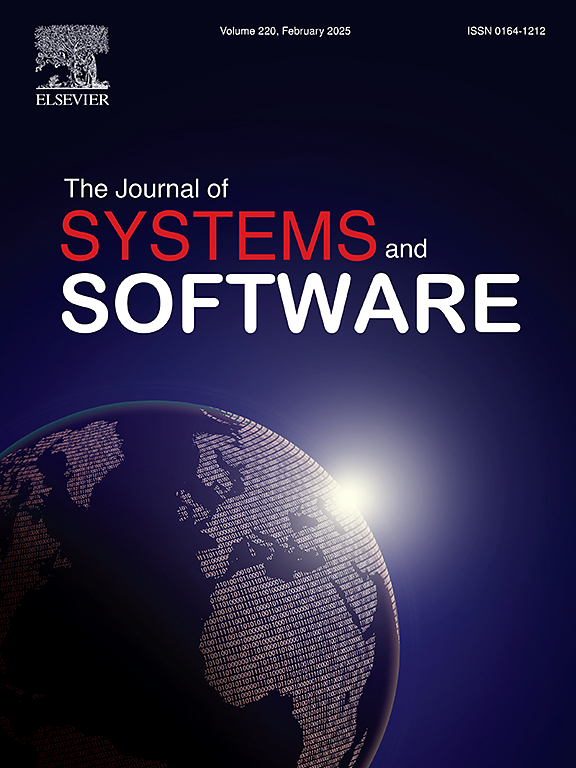CSAT: Configuration structure-aware tuning for highly configurable software systems
IF 3.7
2区 计算机科学
Q1 COMPUTER SCIENCE, SOFTWARE ENGINEERING
引用次数: 0
Abstract
Many modern software systems provide numerous configuration options with a large parameter space that users can adjust for specific running environments. However, configuring such systems always incurs an undue burden on users due to the lack of domain knowledge to understand complex interactions between the performance and the parameters. To address this issue, various tuning techniques have been developed to automatically determine the optimal configuration by either directly searching the configuration space or learning a surrogate model to guide the exploration process. Most previous studies only apply simple search strategies to explore the complex configuration space, which often leads to fruitless attempts in suboptimal areas. Inspired by previous studies, we define configuration structures to describe the positions of various configurations in the performance space of software systems. This idea leads to the design of a novel Configuration Structure-Aware Tuning (CSAT) algorithm. CSAT constructs a structure model for system configurations using the framework of Adaptive Network-based Fuzzy Inference System (ANFIS), learns a comparison-based distribution model through Gaussian Process Regression (GPR), and uses Bayesian Inference to generate potentially promising configurations based on the structure. The experimental results demonstrate that in terms of tuning performance, on average, CSAT outperforms default configurations by 65.51% and outperforms six state-of-the-art tuning algorithms by 22.10%–33.20%. In terms of handling internal constraints, CSAT achieves an average probability of 0.767 in generating valid configurations.
求助全文
约1分钟内获得全文
求助全文
来源期刊

Journal of Systems and Software
工程技术-计算机:理论方法
CiteScore
8.60
自引率
5.70%
发文量
193
审稿时长
16 weeks
期刊介绍:
The Journal of Systems and Software publishes papers covering all aspects of software engineering and related hardware-software-systems issues. All articles should include a validation of the idea presented, e.g. through case studies, experiments, or systematic comparisons with other approaches already in practice. Topics of interest include, but are not limited to:
•Methods and tools for, and empirical studies on, software requirements, design, architecture, verification and validation, maintenance and evolution
•Agile, model-driven, service-oriented, open source and global software development
•Approaches for mobile, multiprocessing, real-time, distributed, cloud-based, dependable and virtualized systems
•Human factors and management concerns of software development
•Data management and big data issues of software systems
•Metrics and evaluation, data mining of software development resources
•Business and economic aspects of software development processes
The journal welcomes state-of-the-art surveys and reports of practical experience for all of these topics.
 求助内容:
求助内容: 应助结果提醒方式:
应助结果提醒方式:


